Do 2 Headed Animals Have Two Brains
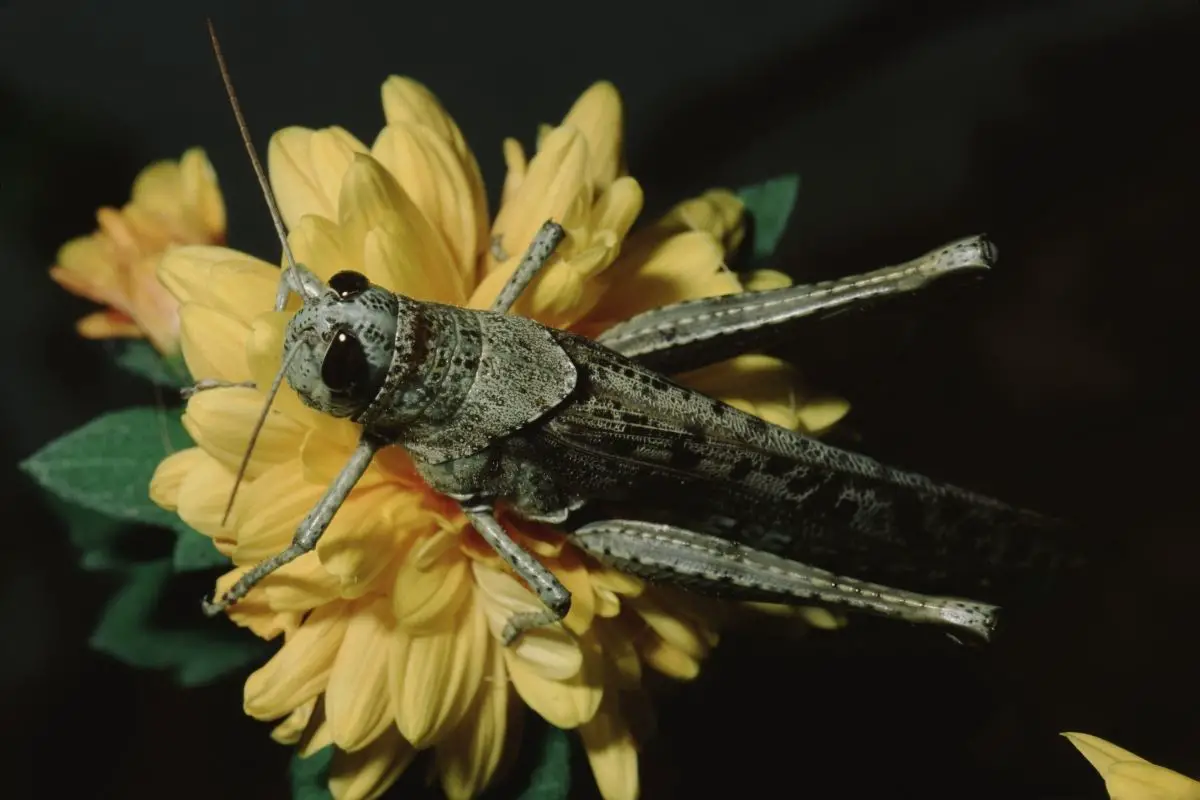
When I'yard having trouble trying to figure out a trouble, and I just can't wrap my brain around the solution, I retrieve of the former maxim, "Two heads are meliorate than one." Well, what nigh two brains? Did yous know that some animals, including humans, have 2 or more brains?
I know, information technology sounds like science fiction or perchance even a horror motion picture, "The Human with Two Brains." But, it's truthful. You probably remember I'm crazy, but let's get into a few examples of animals with ii brains.
These incredible and complex creatures are all around the states. Non but do humans have two brains, but many other animals do too. You'll shortly observe out that I haven't lost my mind.
Octopus (Octopoda)
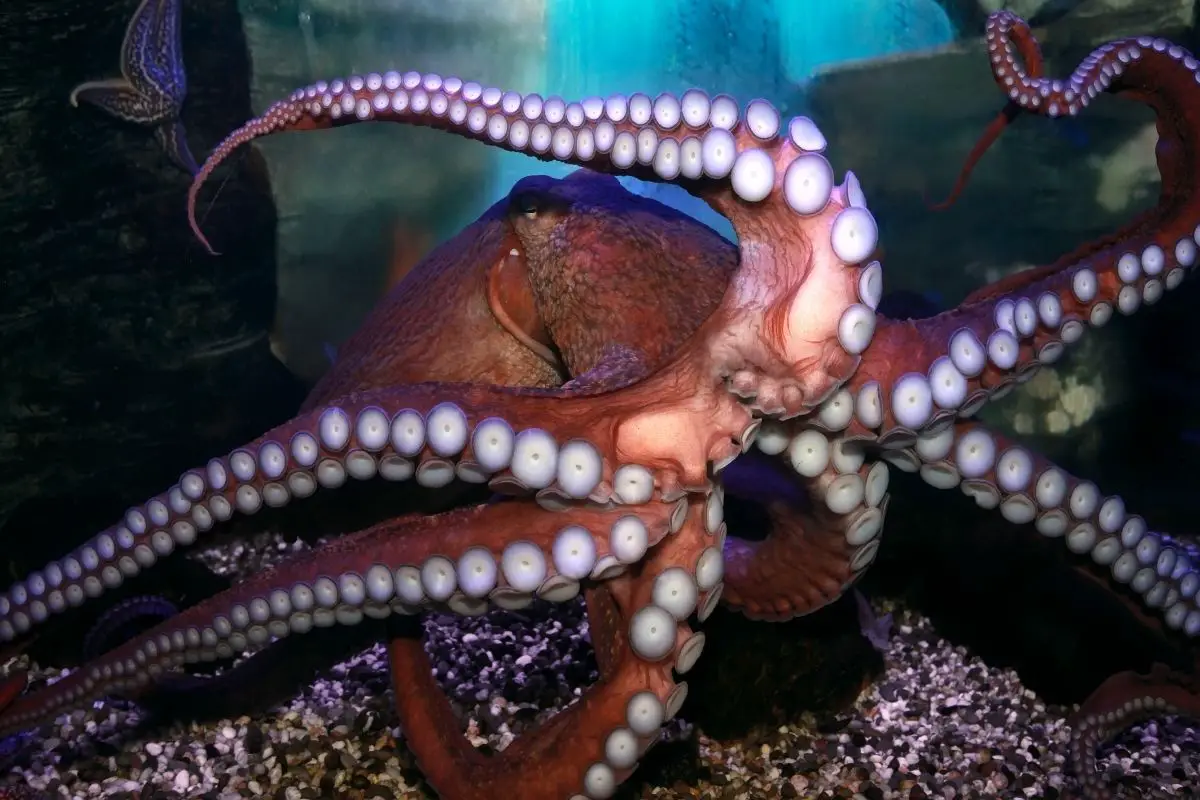
According to Scientific American, octopuses and their close relatives, ten-armed squid and cuttlefish, stand up apart from all invertebrates. They are "deep-sea thinkers." Octopus brains let them remember things, recognize other body of water creatures, and explore objects.
Fifty-fifty though they're invertebrates, their brains act similar to our own. That'southward where the similarities to vertebrates finish. These Cephalopods have brains that aren't only in their heads but in their 8 arms.
So, octopuses actually have nine brains. Each arm has a unique set of neurons that deed independently from each other. Each arm can gustation, bear upon and command feelings using hundreds of sensors.
In fact, the Smithsonian Found says that octopuses can stop puzzles, open jars and untie knots with their arms. They are masters at ambushing their prey, which are fish, jellyfish and crustaceans. The 300 different species of octopus live in all the oceans of the world.
Humans (Homo sapien)

People take two organs that recollect for them. Both of these are made upwardly of the same types of neurons and tissue. 1 is the brain in your head and the other is in your digestive system. They each control different functions in your body.
Your guts and brain are connected, so when you feel feet, it disrupts your digestion. Have you lot ever had to requite a speech or walk into a room of new people, and your stomach does flip-flops?
This is related to the way your alimentary canal feels emotions. A Harvard Medical Schoolhouse publication says that emotions like anxiety, sadness, acrimony and happiness can affect your stomach and intestines.
Cockroaches (Blattodea)
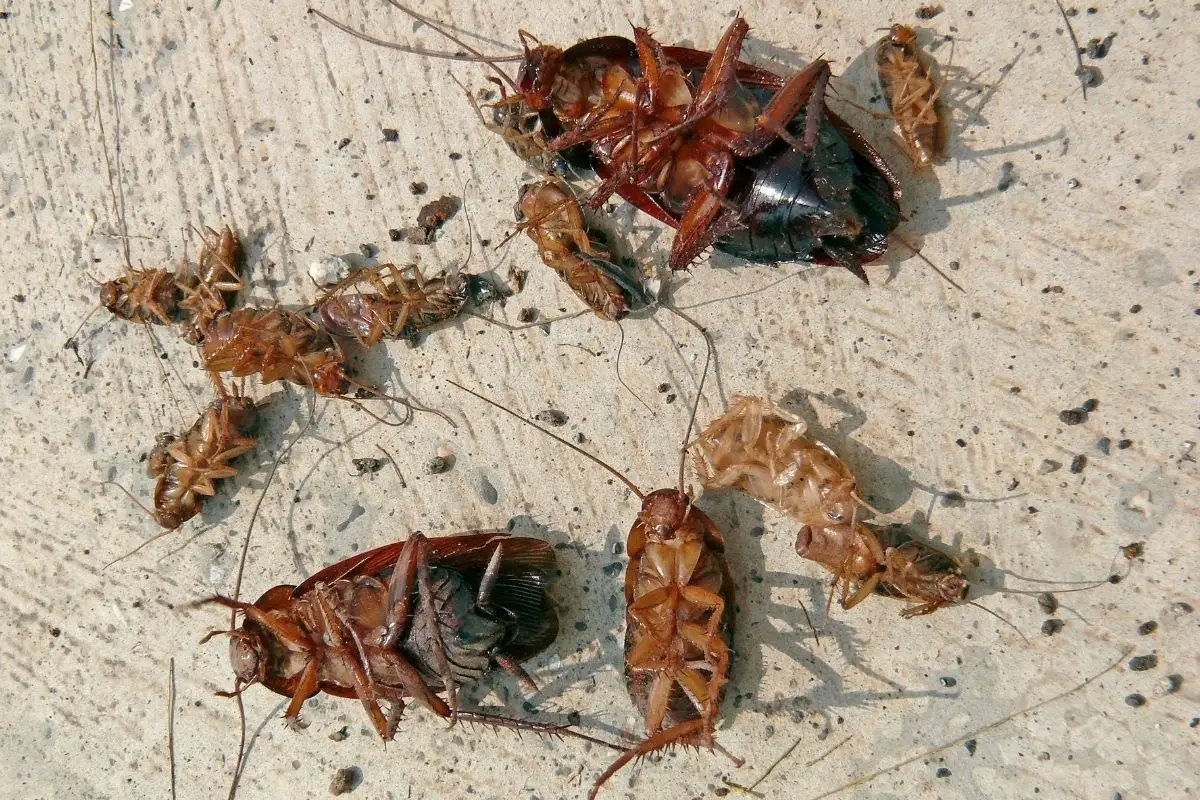
Cockroaches live everywhere in the world, including in many homes. These brown tenacious insects dear night, warm places, especially indoors. They emerge from their hiding places at nighttime to move about looking for food.
So, if you leave any crumbs on the counter, you might catch one of these creepy critters snacking on them. Cockroaches have two brains. One is in their heads and the other is in clumps of ganglia, which are nerve tissue groups.
The ganglia control nerve part and reflexes. In fact, although this sounds gross, if you cutting off a cockroach'southward head, it can still alive, "stand, react to touch and motion,", according to Entomologist Christopher Tipping.
Leeches (Hirudinea)
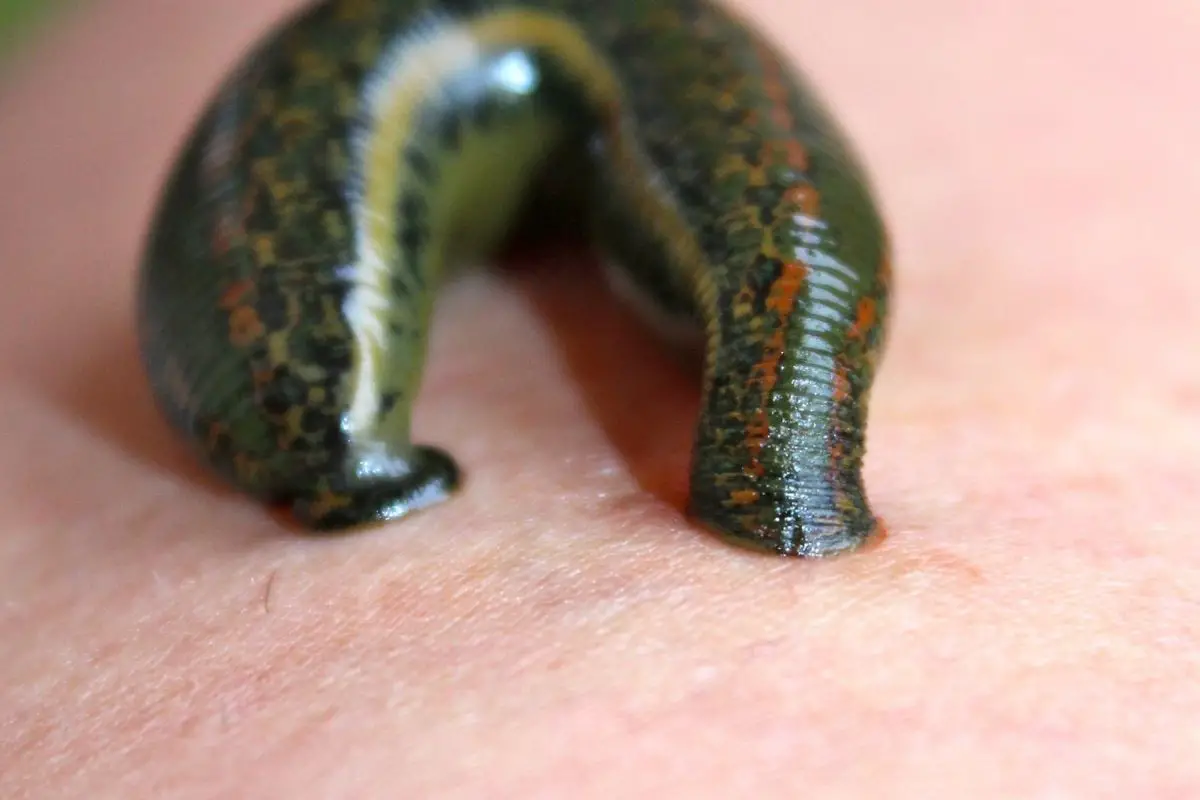
Leeches win the prize for multiple brains, with 32. Each of the 32 segments in a leech's body has its ain independent brain. These neuron groups chosen ganglions to control each segment independently from the other.
Most leeches live in freshwater. Hundreds of leech species exist all over the world. They feed on the claret of fish, frogs, lizards and birds. If you lot're one of the unlucky ones, they might have even fed on you when you were swimming in a pond.
Grasshopper (Caelifera)
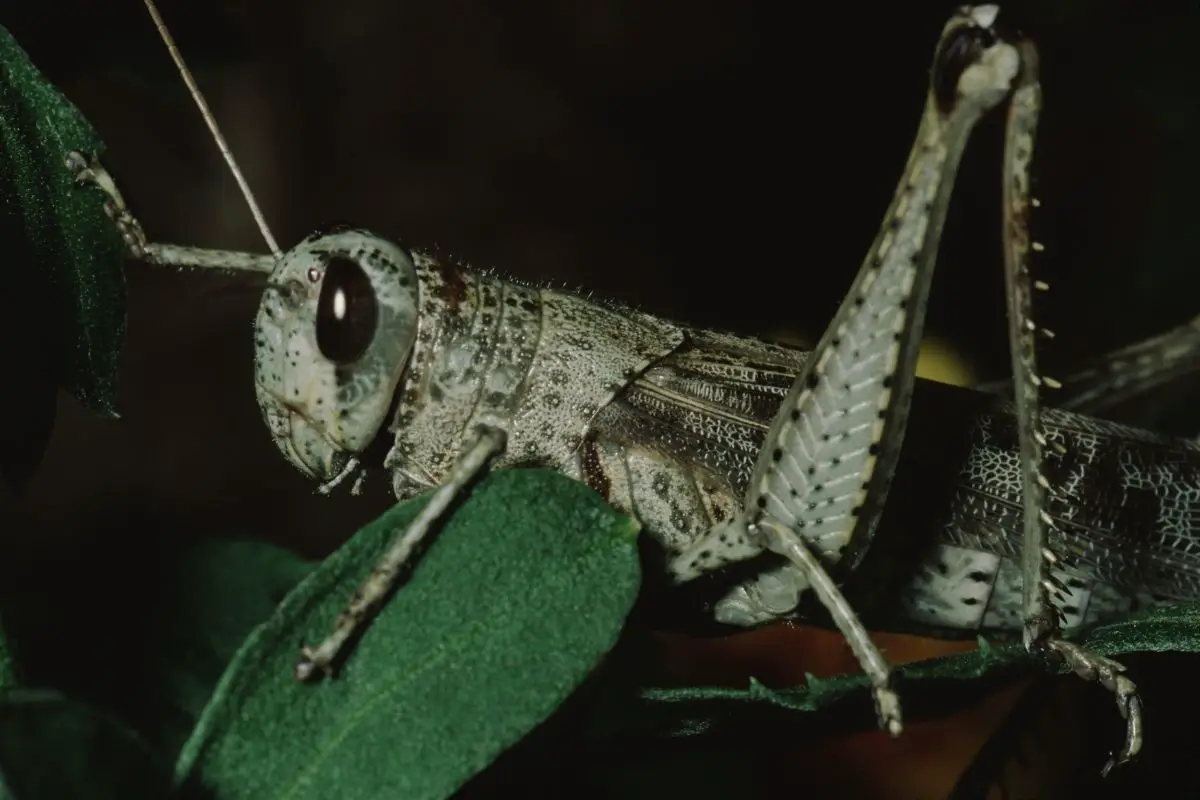
Grasshoppers take one brain located between their eyes and ii others in their bodies. The encephalon in the head connects to ganglion nerves located in its torso. These fretfulness command walking, jumping and eating.
These nerves react very chop-chop, which makes information technology and so hard to grab a grasshopper.
Mosquito (Culicidae)
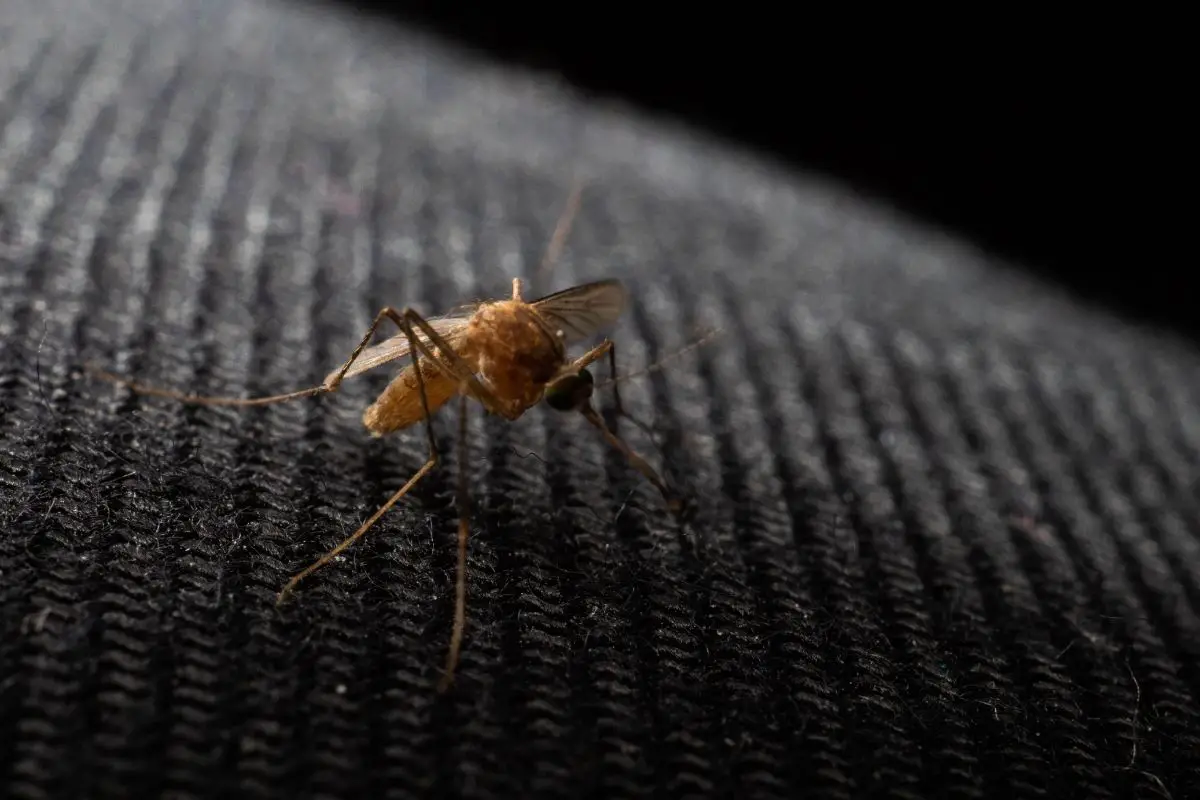
Mosquitos are pesky, irritating little insects with three brains. They're very similar to cockroaches with ganglia virtually their wings and tum. These brains control the trunk segments.
Mosquitoes use their 3 brains to locate nutrient. They sense carbon dioxide from the breath of animals and humans. This causes their wings to beat out faster, which is why you hear the buzzing in your ear when a mosquito finds y'all.
They tin runway any beast for a encarmine meal when their neurons detect carbon dioxide from animate.
Crab (Decapoda)
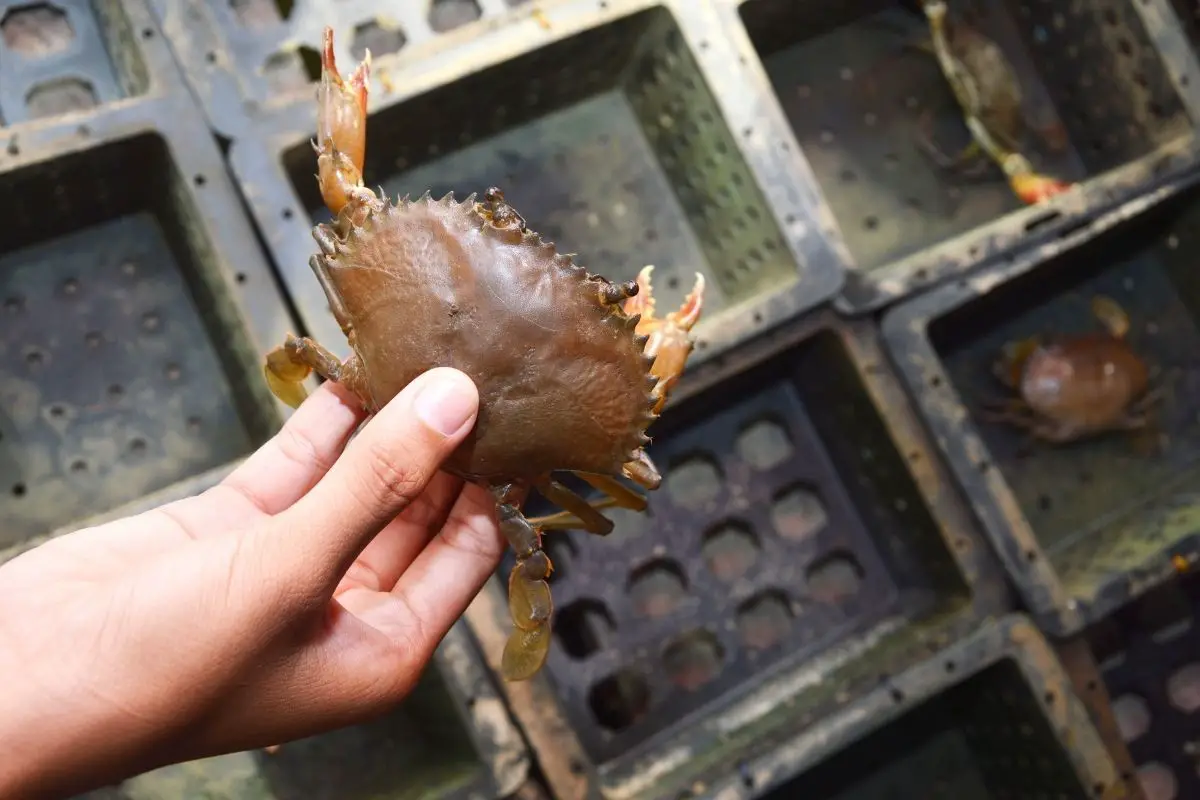
More than than 6,700 crab species live in the oceans of the world. A few of the mutual crabs are horseshoe crabs, king crabs, snow crabs and blue crabs. All crabs are essential for sustaining coral reefs past cleaning abroad particles that could kill the coral.
Crabs have three nervous heart brains. One is the dorsal ganglion, which is between the crab's eyes and provides sensory data. It is no bigger than a pencil indicate.
The other is a ventral ganglion located underneath the body and between the legs. This brain is much larger. The ventral ganglion controls the crab's legs.
These are continued to the circumesophageal ganglia that wrap around the esophagus.
Cuttlefish (Cephalopod)
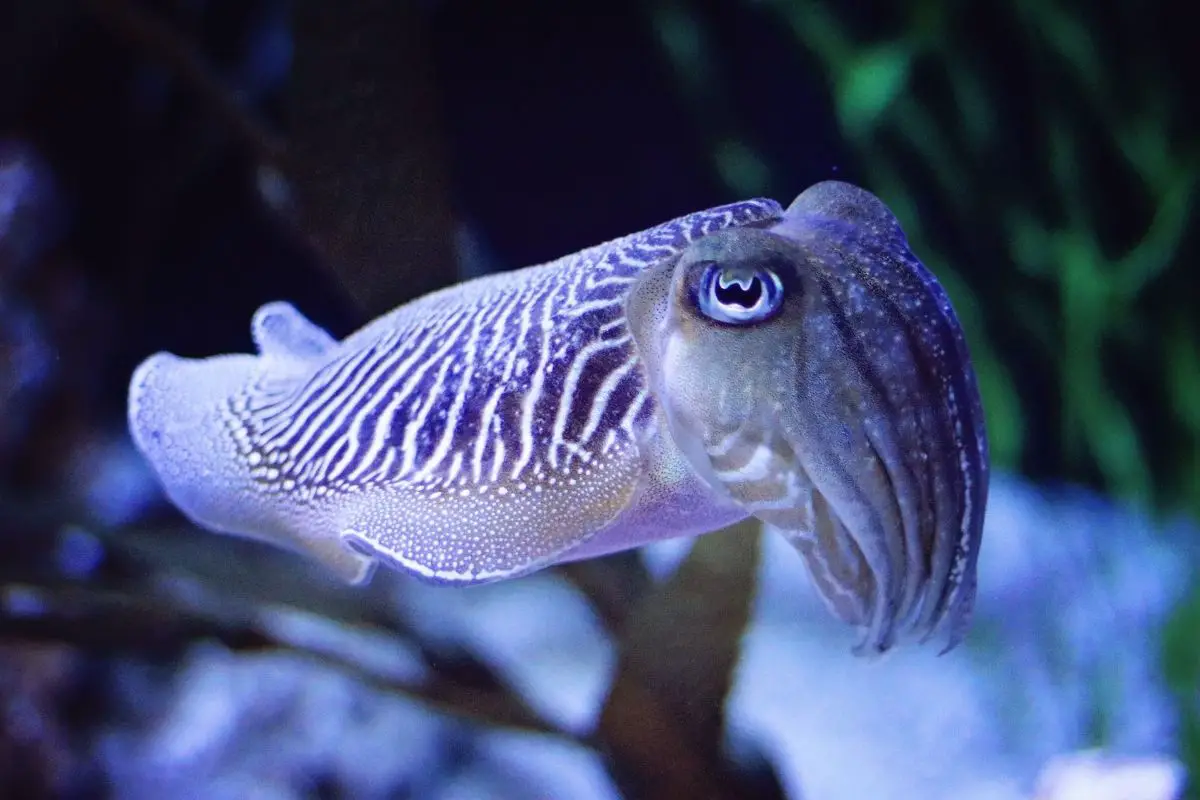
Similar to the octopus, cuttlefish take millions of neurons in their bodies that brand up their 9 brains. The central brain is a ring around the esophagus and the other eight are located in the cuttlefish's legs.
Cuttlefish are clever sea creatures that can remember by experiences and sensations. They employ this episodic memory to find the places where they caught prey in the past. They also have a sense of counting and spatial awareness. Not just that, they tin can disguise themselves by changing their color.
Source: https://naturenibble.com/which-animals-have-two-brains/
Posted by: freundyouten.blogspot.com

0 Response to "Do 2 Headed Animals Have Two Brains"
Post a Comment